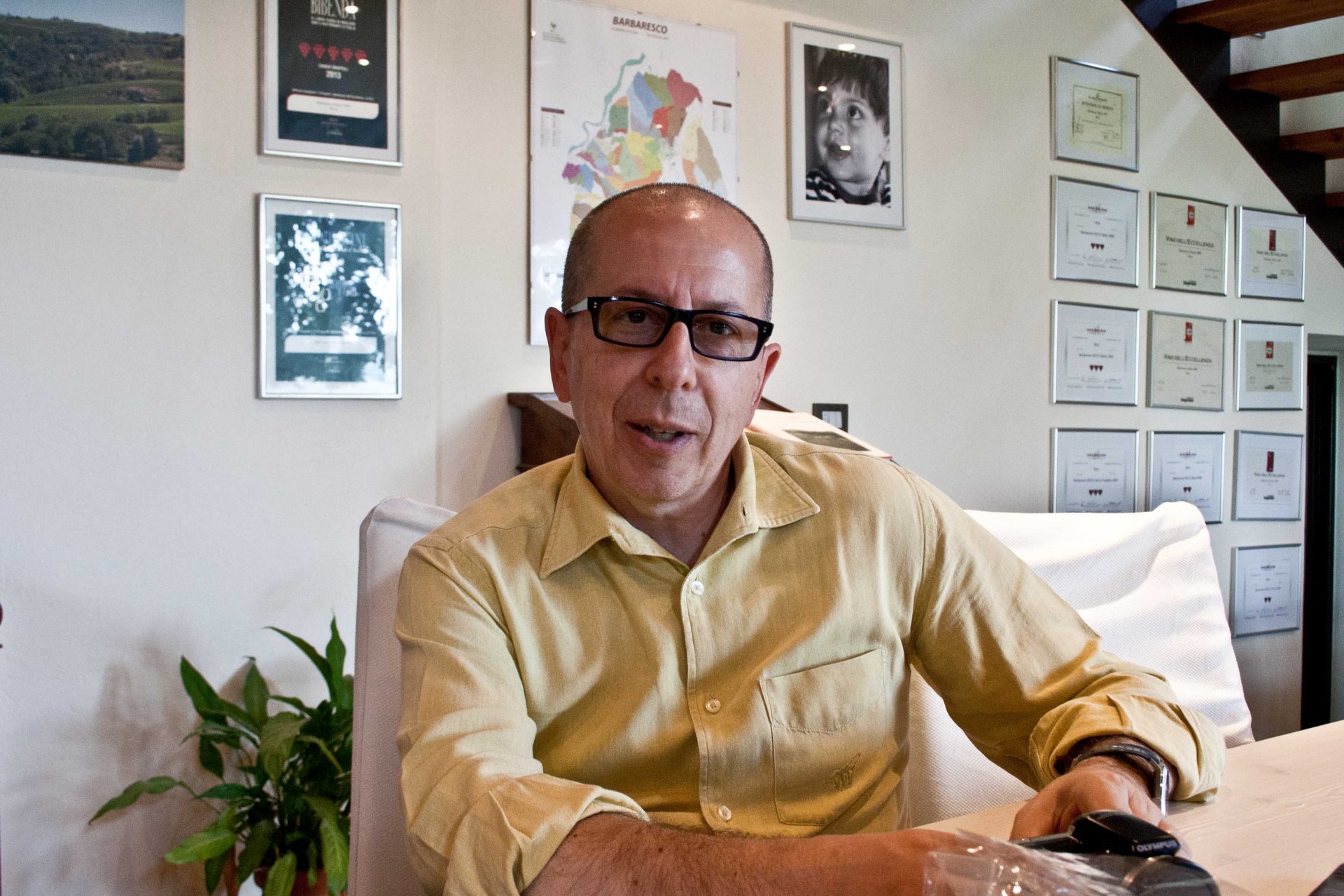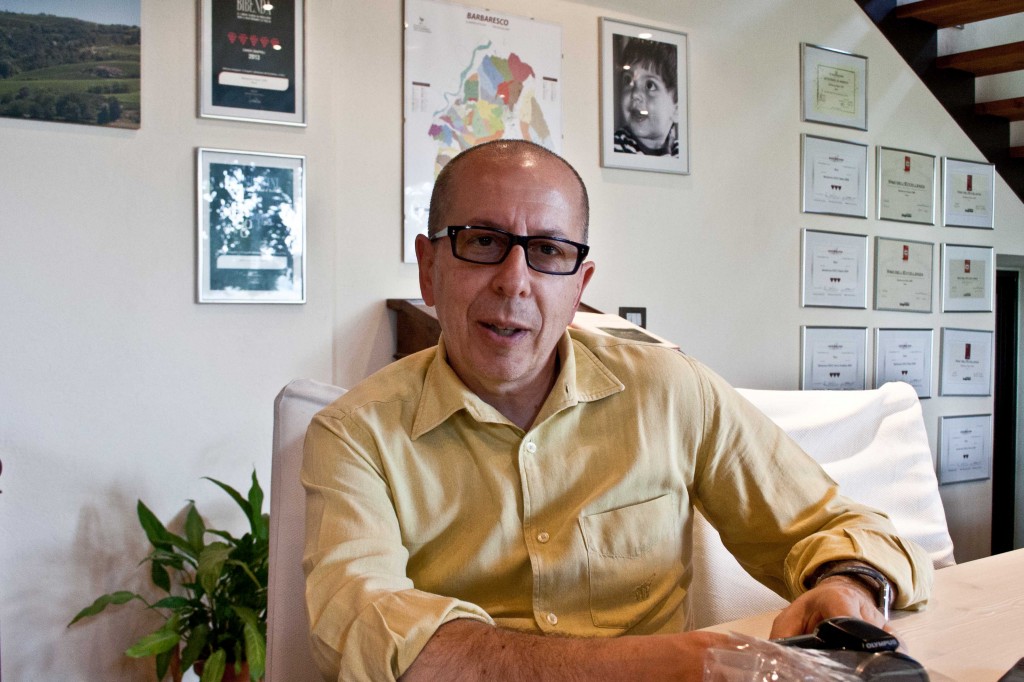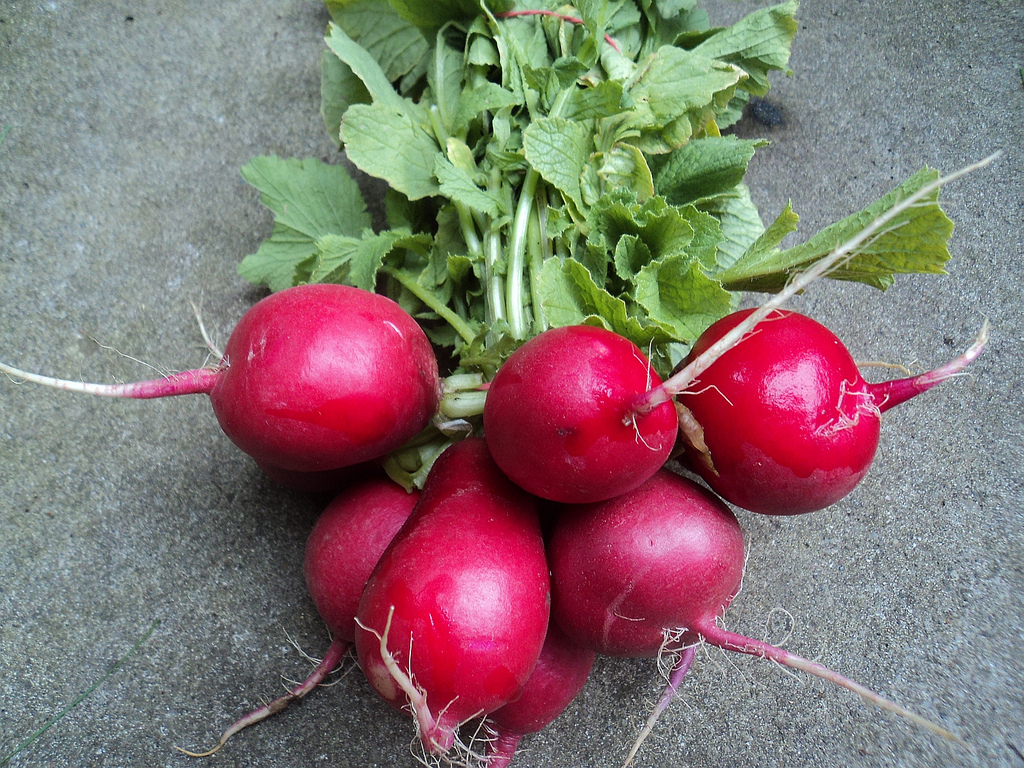Last year, at Barolo’s mighty Collisioni Festival, I had the pleasure of bumping into the much-respected Italian Wine Writer, Mr. Michele Longo.
After a few glasses of perfectly-chilled Grignolino it transpired that the two of us got on like the proverbial house on fire. With this in mind I was utterly delighted to sit down with him for a discussion about his thoughts on what is happening in the world of Italian wines these days.
Good Food Revolution: Hello Michele. Great to speak with you again.
Would you please explain to our readers what you do in the wonderful world of wine?
Michele Longo: I like to bother wine producers with bizarre questions like “If your wine were music, which kind of music would it be? …”.
I have always been interested in the human and cultural side of the World of Wine, in the understanding of the extraordinary connection between man and nature; which tells the story and the relationship between places, people and traditions that, over time, allowed them to stand out and produce results unique and inimitable. I enjoy walking with the wine-producer beside the vines; touching the ground with my hand; chewing the grapes; chatting and discussing harvests; by tasting the results directly from the barrels; tasting his wines together and asking him to tell about them, leaving out, perhaps, the more technical aspects, to try to bring out the human factor, the courage and the passion that is hidden inside a bottle of wine.
I have collaborated with Ian D’Agata for about 10 years.
I’m a wine writer for passion (even if a wine producer defined me as “agri-reporter”), I’m contributing to the magazine “Barolo & Co” and, as Co-Curator, of the Comparini-Longo Guide to Italy’s Best Wines (Guida Migliori Vini d’Italia)
Since March 2015 I’ve been the curator of the website winecult.it. It started up from the desire to create a collision between the two ideas of wine and culture, to create a “enoic-non-conventional” meeting point on the web, where the wine will meet the music and vice versa and in which are collected experiences and points of view as far away, ranging from China to the United States. I also run the “Wine Voice” column, to tell the thoughts and stories of the wine producers, through their voice.
GFR: We met at last year’s Collisioni Festival… please tell us about your involvement in that wonderful event?
ML: In the months before the Festival I worked with Ian to organize the “Wine Project” of Collisioni. During the festival I mainly played as a moderator of the expert panels of the guided wine-tastings.
GFR: And what do you have planned for this year’s festival?
ML: Ian D’Agata (the Creative Wine Director di Collision) is working intensely to the organization of this new edition. As is the case every year, the project confirms and reinforces its goal to communicate and raise awareness of the world of wine and the wine-producers, not only to professionals and international experts, but also to the visitors of the festival, lovers of music, literature, and culture in all of its aspects.
The big news of the Wine Project of Collisions 2016, in fact, is to expand and diversify the program dedicated to Italian food and wine culture. This year, the inter-regional cooperation will be expanded. Besides the presence of the wines and agriculture products of Piedmont (Barolo and Barbaresco, North Piedmont Nebbiolos, Roero, Altalanga, Grignolino and Barbera d’Asti ..), there will also wines from other important Italian regions: Marche excellence, Brunello di Montalcino, Amarone, the Franciacorta, the great whites of Friuli Venezia Giulia, to wines and oils of Liguria, the great red wines of Basilicata, the wines of Romagna, Sardinia, Sicily, Abruzzo, Aosta Valley, but other confirmations of participation are expected.
GFR: Woah… that sounds pretty exciting… and ambitious!
Since you first started writing about wines what kind of changes have you seen in Italian wines over the years?
ML: I can say that the average quality of the wines has increased significantly in recent years. In wine-tasting or in the events dedicated to wine is hard to find “bad-wines”… a focus on quality is now widespread among most of the Italian producers. I think we can still improve, but I can say that the gap with the wines of our French cousins is reducing, especially when our wine-producers decide to focus on Italian native grapes instead of chasing the French on their home turf with Merlot, Cabernet, Chardonnay, Syrah etc.
GFR: Italy has so many fascinating native grape varietals… please tell our readers about a couple of lesser-known grapes that you are fond of, and what makes them so special in your mind?
ML:
White: Timorasso (Derthona): for me one of the three best Italian white grape varietals, along with Verdicchio and Fiano. Timorasso was in danger of going extinct (another one for The Grape Hunter to investigate perhaps?); was saved by a producer, as good as eccentric: Walter Massa, to whom we owe the revival of this vine historically acclimated from Tortona hills to the gates of the Torinese since the twelfth century, a time when it was called “Grignolato”. Timorasso is unique, complex, capable of aging; it has power, structure, and mineral complexity. When Timorasso is young, it can be really tight, with great acidity and freshness (I would say “great personality”). As it ages, it loses some of its “power”, and then begin to emerge more elegant mineral notes, riesling-like (petrol-like).
Another very interesting native white grape is Carricante (from Sicily), mainly if coupled with the magic and unique terroir of Etna.
Red: Rossese di Dolceacqua, from Riviera Ligure di Ponente (the west side of Liguria region). It finds its ideal growing area in Val Nervia, around the town of Dolceacqua. I’m firmly confident that Rossese could please a lot to the “The Grape Hunter”. Light color (ruby-red that can tend towards garnet with aging) and clean taste. Rossese, and in particular that of Dolceacqua, is the best demonstration of the possibility to bring out quality without the need for simplistic concessions to fashion! Varietal characteristics reminiscent of Pinot Noir. The taste is delicate, fruity, slightly warm and velvety with a pleasant characteristic bitter aftertaste. The aromas recall the wild strawberry, rose and violet, with aging also appear notes of licorice and herbs. A very saline and herbal note on the finish and plenty of acidity that makes the tannins stand out even more.
GFR: You are based in Piemonte, a region with major significance in the Italian wine portfolio… are there any other regions that you are particularly excited about right now?
ML: In the North of Italy: Valle d’Aosta and Liguria, for the same reason: both give original wines and closely linked to the characteristics of their territories. Fresh and mineral ones of Valle d’Aosta; (like their mountains); Mediterranean (Mediterranean scrub) and saline (is not only savoury, it means like the sea) ones of Liguria.
In the Central Italy: Marche (Verdicchio is absolutely great!)
In the South of Italy: Sicily, especially the wines of Etna (Nerello and Carricante above all); minerals, deep and complex and those of the Marsala area, savory and salty!
GFR: What do you usually drink at home?
ML: Good wines. It depends on the food and on the season. But if it happens that for some reason I have to be without drinking wines for a few days, the first bottle I open is a Nebbiolo-based wine (Barolo or Barbaresco, Roero or Lessona, Carema o Boca o …). Then I really love sparkling wines and mineral white wines (Riesling rather than Chardonnay).
GFR: And what predictions do you have for the future of Italian wines?
ML: I strongly believe that if we try to chase the French, even if all goes well, we’ll always be second. It is useless to try to make a great Chardonnay or a Cabernet Sauvignon in Italy, it will certainly also be good and well-made, but it will never be the best. If we try to focus on the uniqueness and on the diversity of our grape varieties (and the uniqueness of the union that exists between them and our territories), continuing to improve the quality in the vineyard and in the winery ,we can have a good future.
GFR: Michele, thank you for joining us at Good Food Revolution. We look forward to seeing you again sometime soon!

Edinburgh-born/Toronto-based Sommelier, consultant, writer, judge, and educator Jamie Drummond is the Director of Programs/Editor of Good Food Revolution… And he is looking forward to raising a glass with Michele sometime soon.








